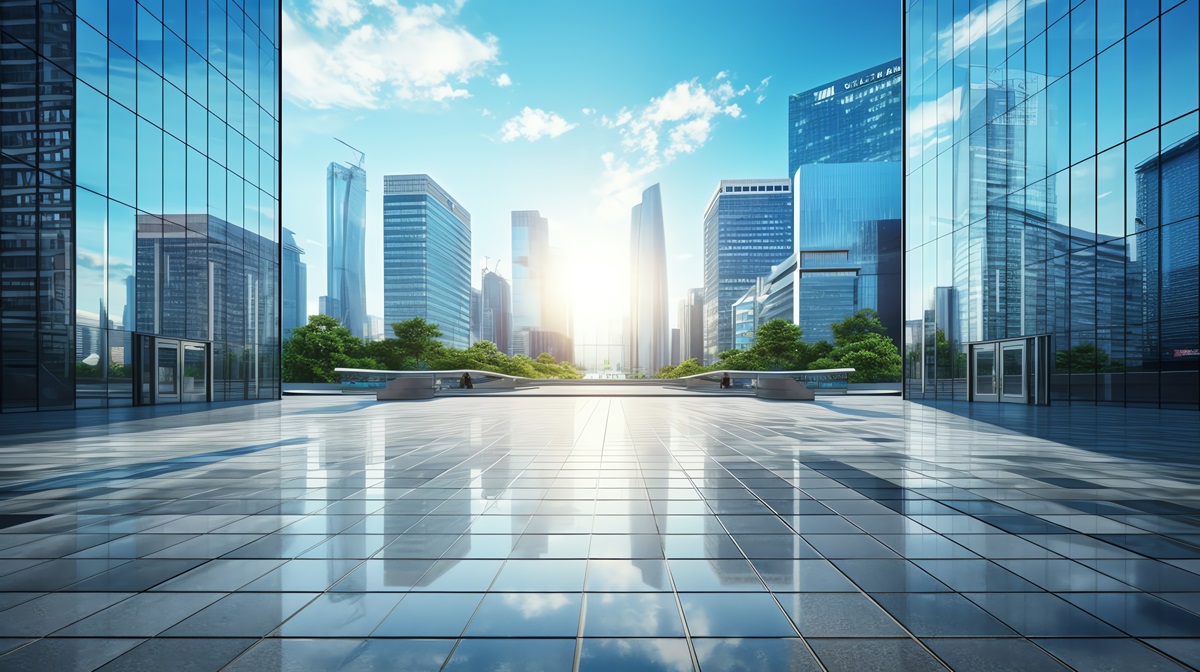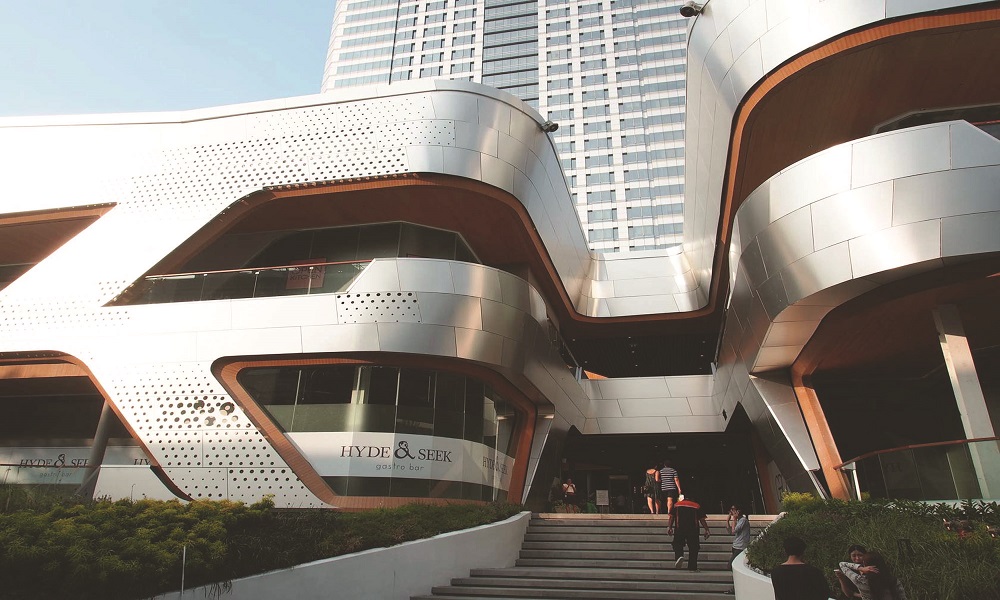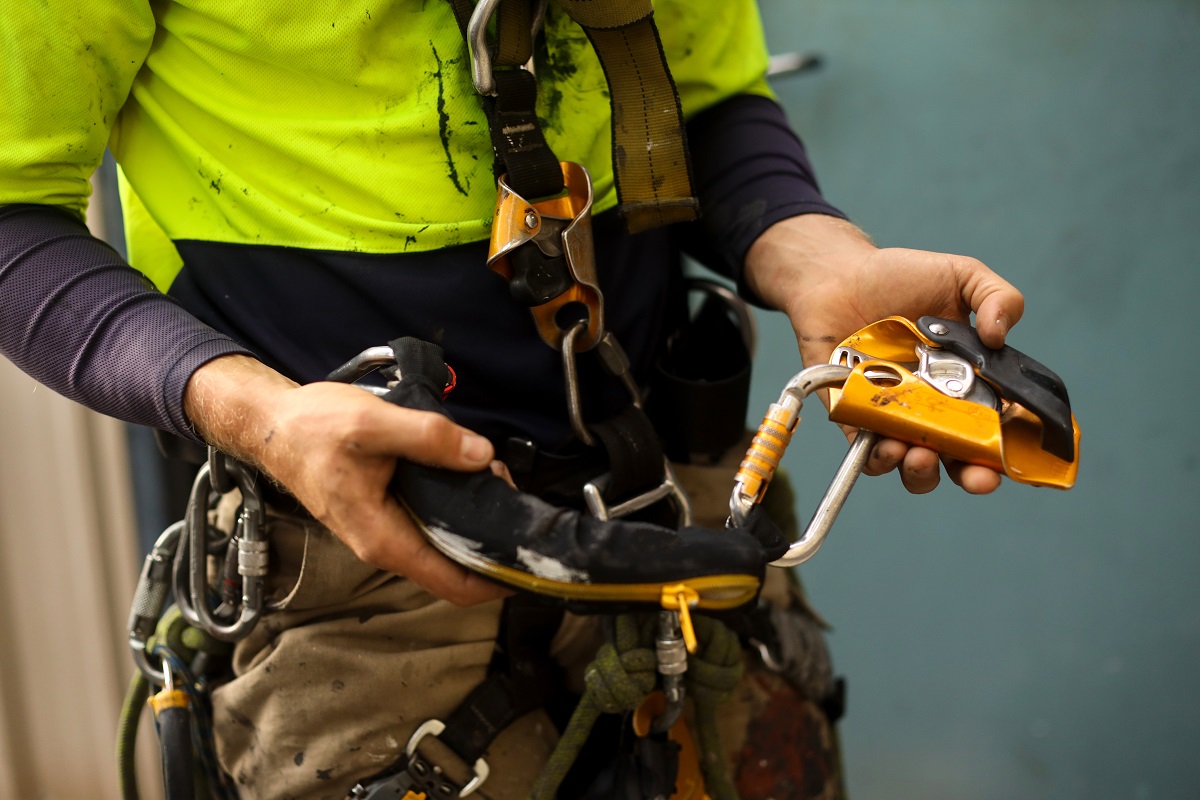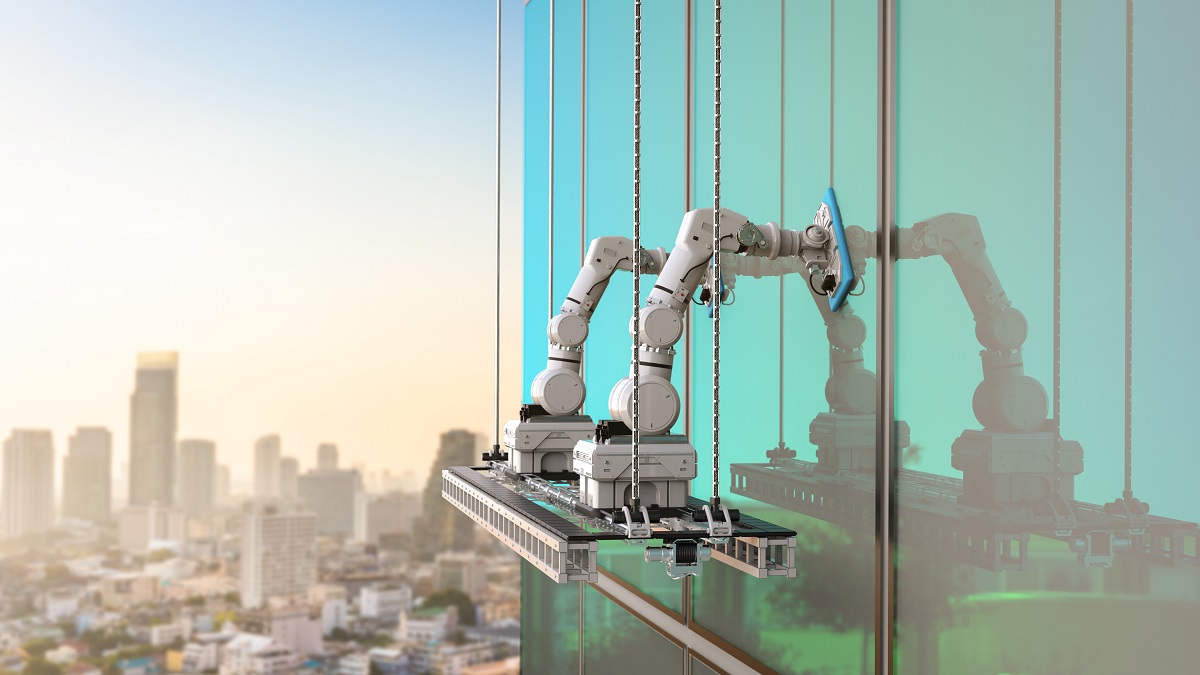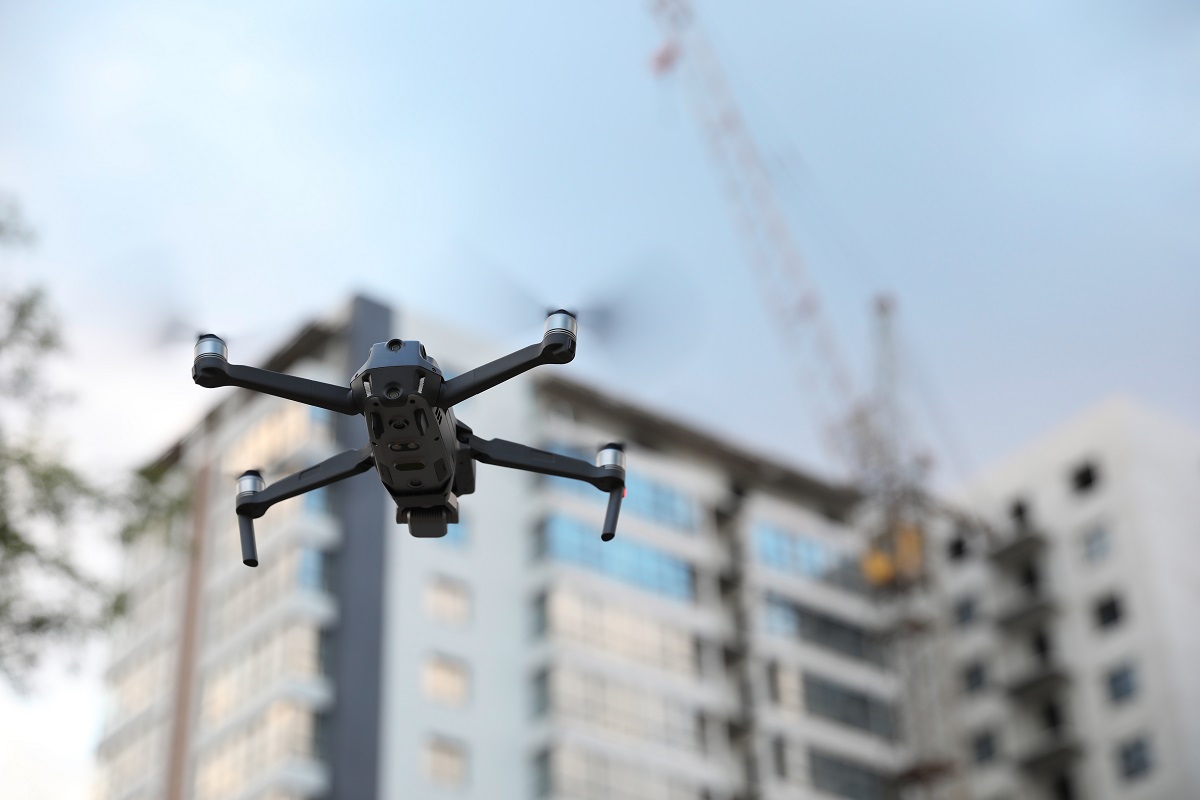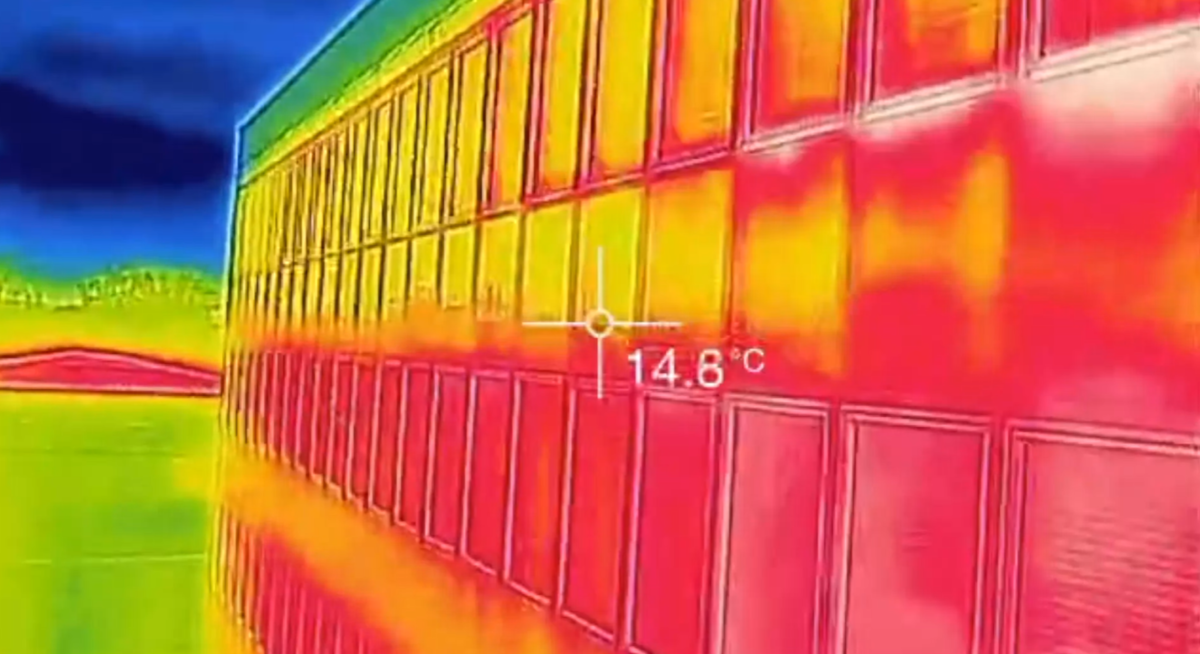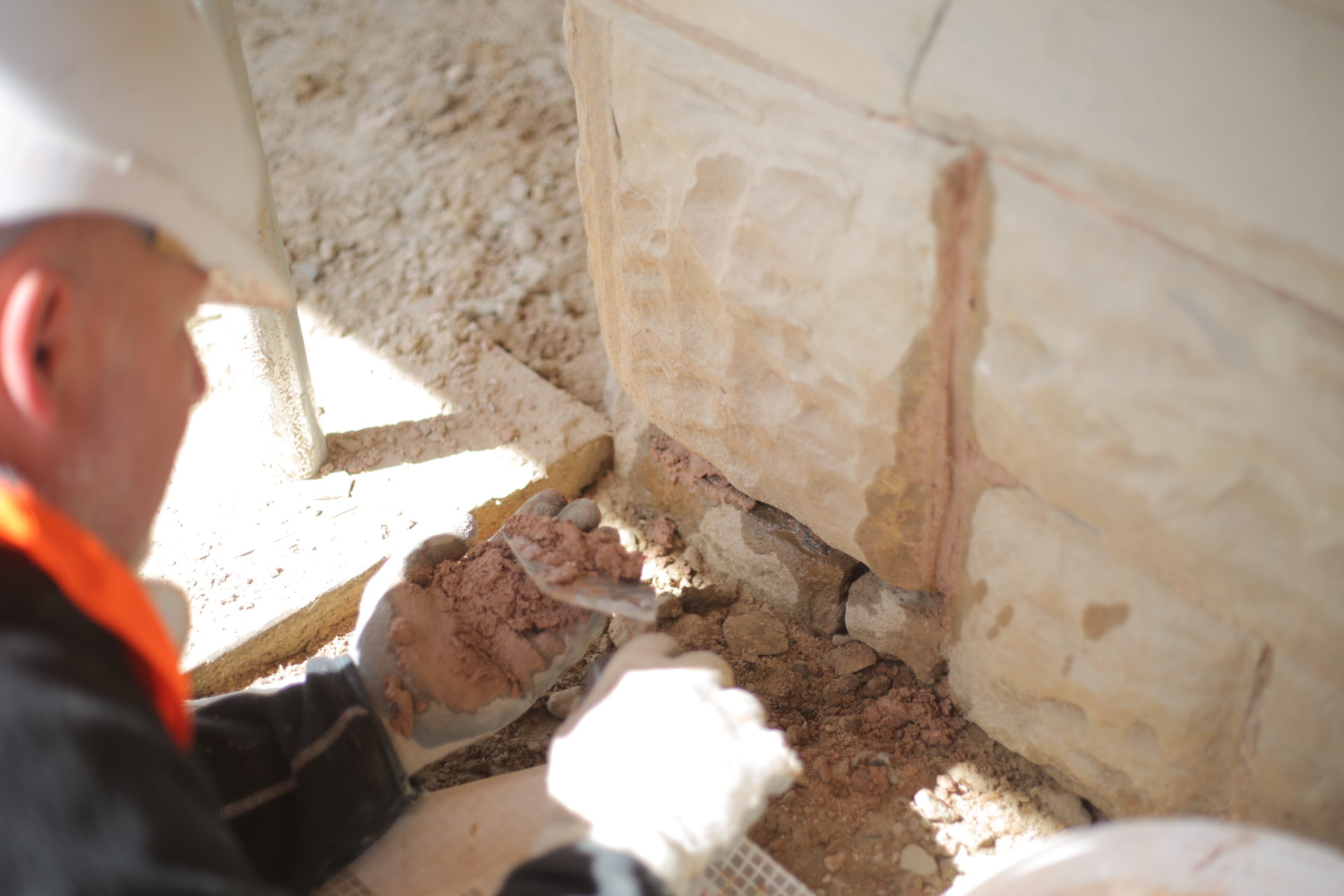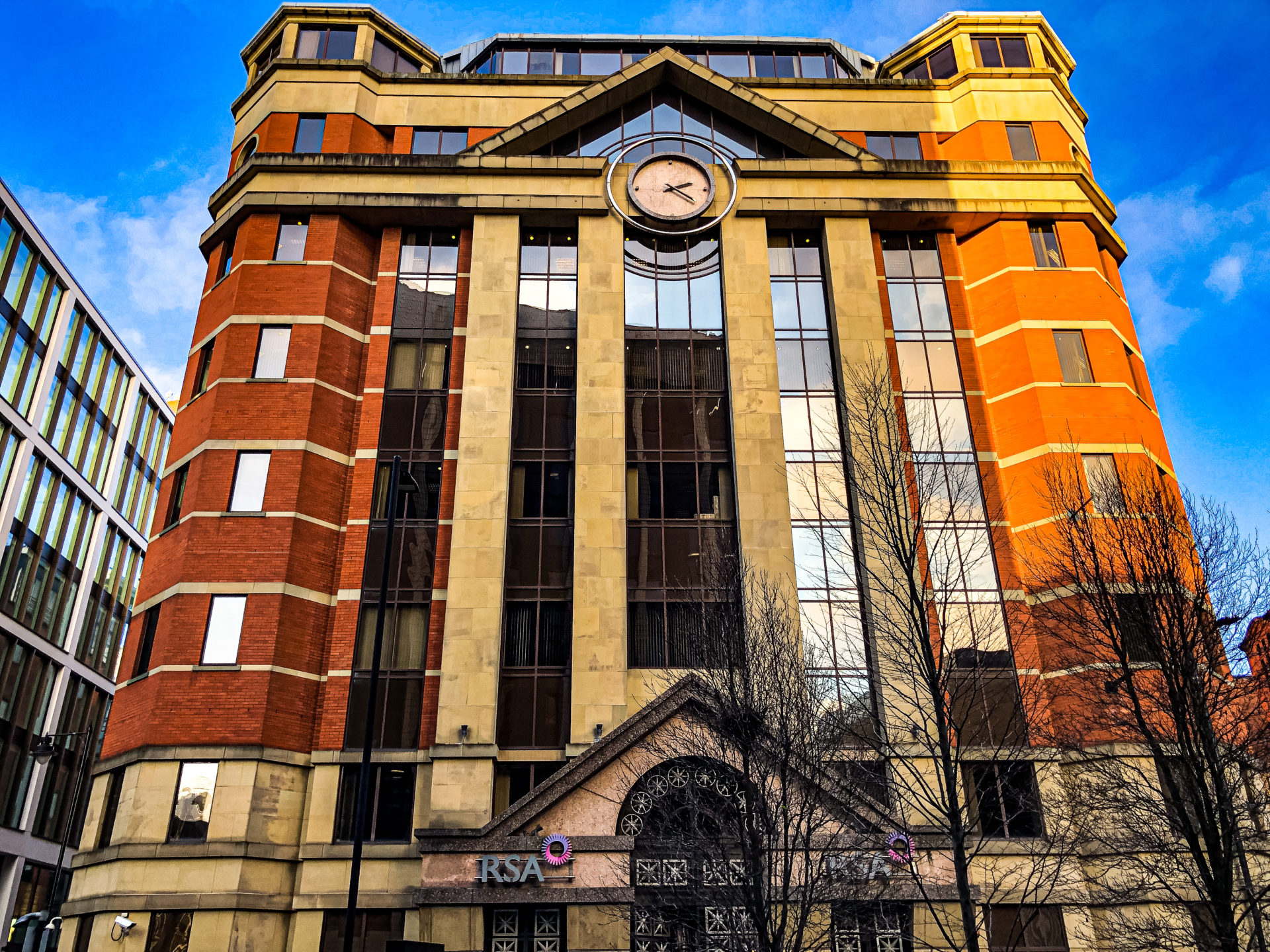Employers traditionally did not place much emphasis on the probability that buildings affect the health, wellbeing and productivity of their workers.
It is something that architects have been saying for decades, but their pleas have usually fallen on deaf ears.
There are signs, however, that even the most hard-bitten employers are starting to wake up to the fact that someone’s place of work needn’t be an austere replica of a factory from a dystopian novel.
If for no other reason than they will get an enhanced performance (i.e. more work) from their employee– well, it’s a start.
Good employees are unquestionably happy employees.
Good indoor air quality, thermal comfort, high-quality views, daylight, good acoustics and location and amenities – all play a crucial role in creating a healthy, productive workplace.
On air quality, a meta-analysis in 2006 of 24 studies found that poor air quality lowered performance by up to 10% on measures such as typing speed and units output. Short-term sick leave has also been found to be 35% lower in offices ventilated with greater supply rates of outdoor air.
Neuroscientists have also suggested that workers with offices that have windows receive 173% more white light (daylight) exposure during work hours and sleep an average of 46 minutes more per night.
Given these and other factors, employers are starting to behave with greater environmental responsibility. If we accept Gordon Gekko’s infamous ‘Greed is Good’ maxim from the film Wall Street as being indicative of the 1980s. Perhaps ‘Green is Good’ resonates acutely with businesses today.
Wall Street director Oliver Stone created Gekko and his cohorts in the shadow of one of the world’s most famous buildings, the Empire State Building in New York. Now it has undergone a $ 550 million renovation, the building’s environmental upgrade is the largest of its kind to take place in the US and helped cut its annual energy use by $4.4m. In the next 15 years, the changes are expected to reduce the building’s carbon footprint by 105,000 tonnes – the equivalent of taking 20,000 cars off the road.
And the feel-good factor for workers and visitors keeps growing.
In the UK, One Angel Square is the home of The Co-Operative Group’s headquarters in Manchester. The distinctive 15-storey building, which boasts a double skin façade, has its own source of heat and power generation courtesy of a CHP (combined heat and power) plant located within the building. It also has an intelligent heat recovery system that takes heat generated by the IT systems and reuses it to heat the building.
Alongside more complex systems, the building also implements more familiar technologies, including low energy LED lights and IT systems, greywater and rainwater recycling systems for toilet flushing and irrigation, as well as high-efficiency passenger lifts. The building is designed to save 40-60% of the current energy cost incurred by a standard head office building, and it achieved an ‘outstanding’ rating under the BREEAM environmental rating scheme.
In the public sector, last summer work to improve the main façade of Bristol’s Royal Infirmary (BRI) – once voted the ugliest in Bristol – was completed, transformed by the addition of an elegant aluminium and glass skin. The redesign which formed part of a £92 million redevelopment of the hospital, also included works to create a new Ward block, Welcome Centre and Helideck.
Back to New York where a company named Delos promotes ‘building wellness‘ and it published a revolutionary manual on office design that improves human health, encouraging the use of specially filtered air and water when designing buildings as well as lighting that is tuned to the body’s circadian rhythms. The company’s ‘The Well Building Standard (WELL)’ is styled after the U.S. Green Building Council’s Leadership in Energy and Environmental Design (LEED) standard, which has been awarded to buildings that are as green, sustainable and supportive of its users as it is possible to be.
The company’s set of rules guides the construction of buildings that aim to make people happier, healthier, and more productive. The plan banishes bad lighting, stale air and lifts that promote inactivity from office design and set out to make buildings that ensure workers remain healthy just by being inside them.
We specialise in surveying, repairing, and maintaining tall, difficult-to-access commercial buildings and structures, façades, roofs, glazing and atriums.

